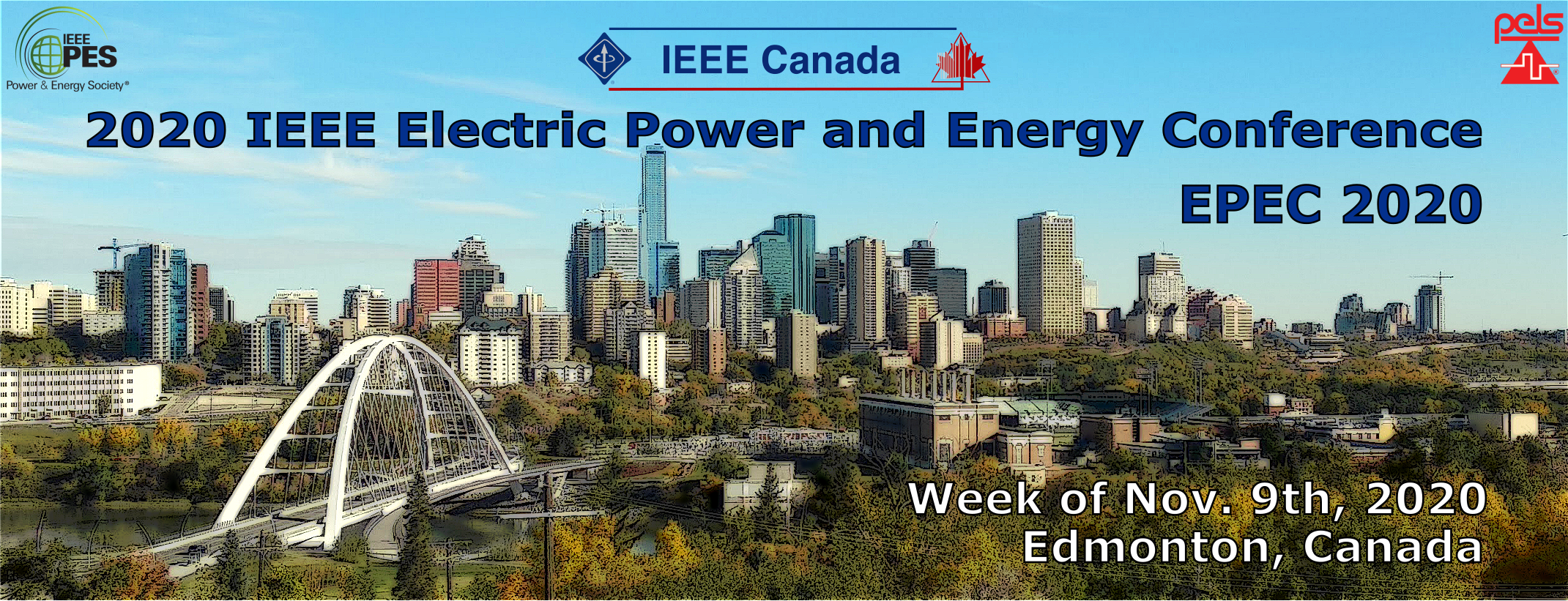CONFERENCE TUTORIALS
Tutorial # 1: 1547-2018 – IEEE Standard for Interconnection and Interoperability of Distributed Energy Resources with Associated Electric Power Systems Interfaces
Date: November 9th, 2020 2:05 – 3:05 PM MST
Many countries have implemented renewables portfolio standards (RPSs) to accelerate the pace of deployment of renewables generation, which are distributed across the distribution power system. As the penetration of renewable power generation increases, electricity grids are beginning to experience challenges, which are often caused by intermittent nature of some renewable generation types, sudden changes of the output power due to grid disturbances, low short circuit duty of the inverter based generators, and impact on the transmission and distribution system protection. Due to the increasing amount of Distributed Energy Resources (DERs) interconnections with the Electric Power System, the IEEE 1547 standard went through a major revision to address some of the technical challenges associated with high penetration of DERs i.e. grid support functionalities, etc. This session will provide the participants with the opportunity to learn about the benefits and challenges of the renewable energy resources interconnections as well as major changes to the IEEE 1547 i. e. voltage regulation, response to abnormal system conditions (including voltage and frequency ride through), power quality, islanding, interoperability, etc. The participants will also learn about the utility concerns/solutions to adopt the revised IEEE 1547 standard. National Grid’s experience with smart inverters i. e. how to set power factor and Volt/VAR based on the location of the solar facility will also be presented at this webinar.
Instructor: Dr. Babak Enayati, Technology Deployment Manager at National Grid, USA
Tutorial # 2: Learning-based Control of Distributed Energy Resources
Recent years have witnessed a significant uptake in adoption of distributed energy resources (DER) in power distribution grids. In light of this, power system operators seek innovative solutions to incorporate sensor data in their planning and operation practices to better address the unprecedented level of variability and uncertainty that will be introduced by these systems. In this tutorial we discuss how data acquired from different sensors along with machine learning algorithms can be utilized to safely and efficiently control the operation of electric vehicle chargers, solar inverters, and battery storage systems.
Instructor: Dr. Omid Ardakanian, Computer Science Assistant Professor at the University of Alberta and a Principal investigator of Future Energy Systems
Tutorial #3: Electric Power System Resilience
This tutorial aims to provide the audience a better understanding of electric power grid resilience, including why the grid resilience is important, how to quantify the resilience, methods to enhance grid resilience from long-term planning, pre-event preparation, and post-event restoration stages, and how the grid modernization plays an important role. In addition, the tutorial will also specifically discuss how the distributed energy resources and microgrids help to facilitate grid resilience with some examples and case studies. Through this tutorial, the audience can learn both basic knowledge of power system resilience and the cutting-edge R&D in this area.
Instructor: Dr. Chen Chen, Electrical Engineering Professor at Xi’an Jiaotong University
Tutorial #4: Grid-Tied Parallel Voltage Source Converters: Applications, Control and Modulation Techniques
Parallel voltage source converters (VSCs) have been widely employed in various applications like renewable energy systems, drives, and microgrid, with the advantage of modularity, reliability, efficiency, etc. However, high penetration of parallel converters has also imposed severe challenges to design and stable operation of the entire system. Focusing on these challenges, this seminar presents a comprehensive overview of the recent advances in the control and modulation techniques for parallel converters. It is hoped that this seminar will be a valuable one-stop information source for researchers interested in the control, operation, and practical implementation of parallel VSCs.
Instructors: Dr. Yunwei (Ryan) Li P.Eng., Professor University of Alberta, and Dr. Zhongyi Quan
Tutorial # 5: AI-enabled Analysis in Smart Cyber-physical Grids
Cyber-physical Systems (CPSs) have become an emerging paradigm for controlling and managing the ever-growing number of cyber-connected devices. A CPS is known as the new generation of mixed systems consisting of computational and physical capabilities. Smart grids are one of the critical CPSs that our society relies on. Today’s smart grids suffer from attacks targeting today’s networked systems and new ones such as a sensitive device, e.g., a power plant controller can be manipulated to launch various attacks such as the device state inference attack, leading to system instability. Therefore, any effort to secure the emerging smart grids and protect their data privacy is of paramount importance.
Nowadays, a cyber-security specialist must detect, analyze, and defend against many cyber threats in almost real-time conditions. Without the employment of artificial intelligence and machine learning techniques, dealing with a huge number of attacks in a timely manner is not possible. Intelligent, big-data analytical techniques are necessary to mine, interpret and extract knowledge of data when there is a significant amount collected from or generated by different security monitoring solutions. The goal of this tutorial is to summarize the state-of-the-art techniques and possible challenges in smart grid’s security as an example of critical CPS.
Instructor: Dr. Hadis Karimipour, Director of the Smart Cyber-physical System (SCPS) Lab and an Assistant Professor at School of Engineering University of Guelph
Tutorial # 6: Connecting the Distributed Slack Bus to Power System Dynamics and Operations
In the power flow problem, the distributed slack bus involves modelling the generator active-power output with three elements: (i) a nominal injection modulated by (ii) a fraction of the net-load imbalance allocated via (iii) a participation factor. This setup acknowledges generator dynamics and system operations, but it has long been plagued by ambiguous and inconsistent interpretations. In this tutorial, we clearly establish that the nominal active-power injections should be set as the economic dispatch setpoints, the participation factors should be fixed to the ones used in automatic generation control, and the net-load imbalance should be the total load and loss unaccounted in economic dispatch. With the distributed slack bus formulated this way in the power flow problem, its solution best matches results from a simulation of the system differential algebraic equation model.
Instructor: Dr. Christine Chen, Assistant Professor, Department of Electrical and Computer Engineering, University of British Columbia
Tutorial # 7: Introduction of IEEE PES-TR83: Power System Resilience Framework, Method and Metrics
The electric power industry is under transformative changes toward high efficient, service oriented, and sustainable future. Maintaining power grid resilience is crucial to economy, national security and social activities. Natural Hazards, human threats, and social events are likely to impact the electric grid’s critical function broadly with disruptive disturbances, which could be unpreventable and difficult to predict and control. Defining power system resilience frameworks, method and metrics are timely and fundamental task by the industry. The most recently published IEEE PES Technical Report #83 included high level strategic review and discussions on this subject and provided recommendations. This tutorial will review the core topics in PES-TR83 with utility uses cases.
Instructors: Dr. Jay Liu is a Senior Lead Engineer at PJM
Tutorial # 8: HVdc Integration and Project Lessons Learned
The presentation would focus on the practical lessons learned during the execution of the EATL and WATL projects including both technical and project execution. HVdc projects by their very nature are complex to execute. With a limited number of qualified global HVdc suppliers and a lack of experience on the Owner’s side, many projects suffer challenges that can result in rework, schedule delays and/or cost overruns. The increasing application of HVdc on a more widespread basis has resulted in strains on the supplier’s resources that places additional risk on project execution. Managing that risk requires knowing what to look for proactively, avoiding issues before they can negatively impact project execution.
Instructors: Peter Kuffel P.Eng. and director at HVdc One Inc, Marianne Golsborough P.Eng., and Humud Said P.Eng.
Instructors
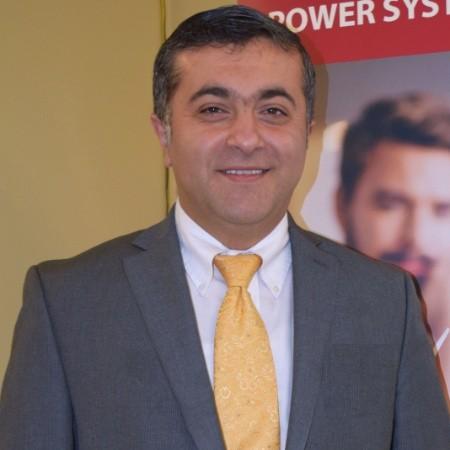
Babak Enayati received his PhD in Electrical Engineering from Clarkson University, USA in 2009. He joined National Grid, USA in 2009 and is currently the Manager of the Technology Deployment team, which is responsible for the implementation of the new technologies to meet National Grid’s Intelligent Transmission Network objectives. Since Babak joined National Grid, he has held engineering positions in the Protection Engineering, Retail Connections Engineering, and New Energy Solutions departments.
He joined Institute of Electrical and Electronics Engineers (IEEE) in 2006 and currently is a Senior IEEE Member. Babak currently serves as the IEEE Power and Energy Society (PES) Governing Board Member-at-Large. Babak serves as the Vice Chair of the IEEE Standards Coordinating Committee 21 (SCC21), IEEE 1547-Standard for Interconnecting Distributed Energy Resources with Electric Power Systems, and IEEE P2800- Standard for Interconnection and Interoperability of Inverter-Based Resources Interconnecting with Associated Transmission Electric Power Systems. Babak is a registered Professional Engineer (PE) in the state of Massachusetts.
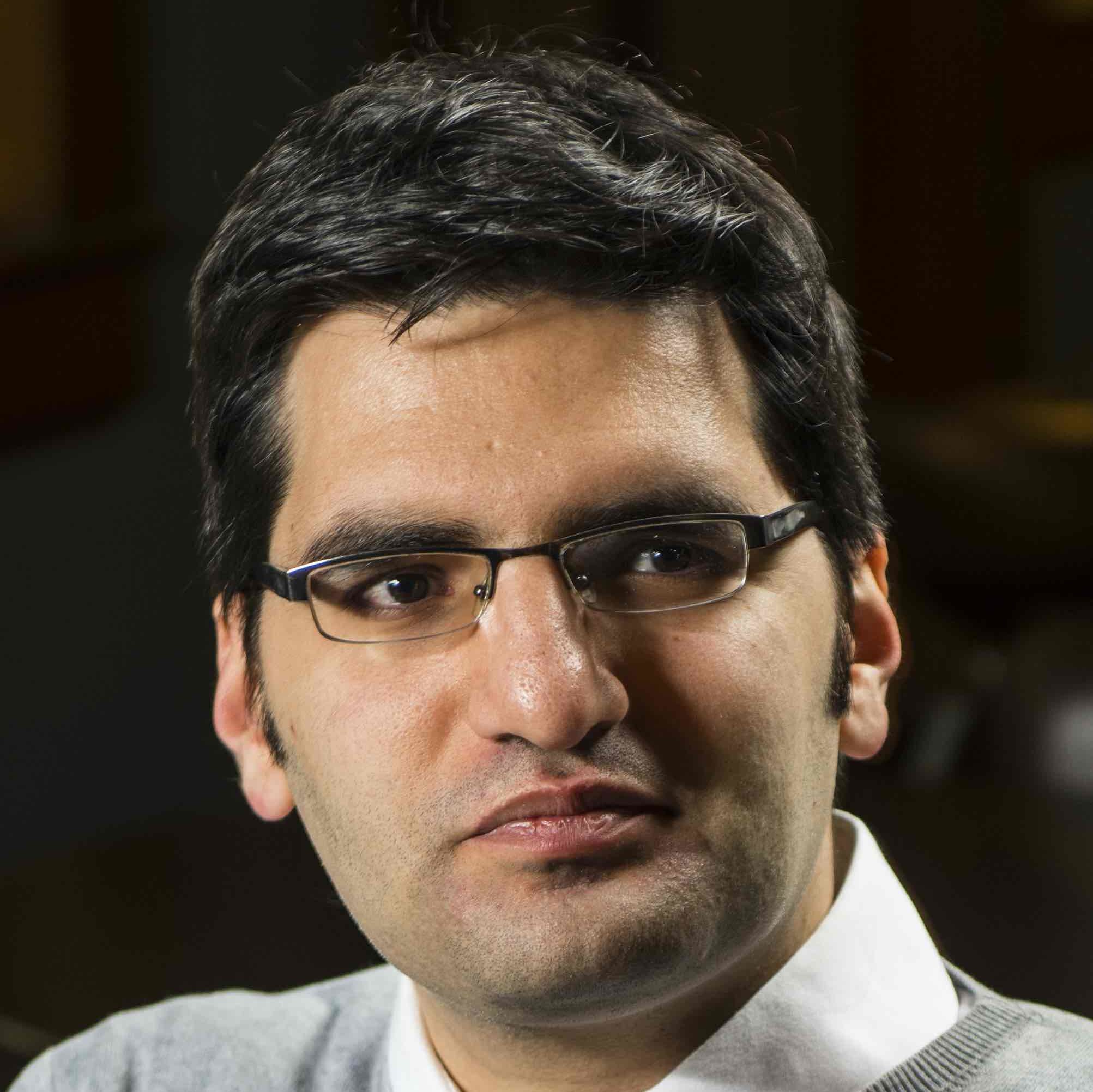
Omid Ardakanian is an Assistant Professor with the Department of Computing Science at the University of Alberta and a Principal Investigator of Future Energy Systems. He received his MMath and PhD in Computer Science from the University of Waterloo, and was awarded an Outstanding Achievement in Graduate Studies designation for his research at the intersection of Computer Systems and Energy. Prior to joining the University of Alberta, he was an NSERC Postdoctoral Fellow in the Department of Electrical and Computer Engineering at the University of British Columbia, and in the Department of Electrical Engineering and Computer Sciences at UC Berkeley. During this time, he was affiliated with the California Institute for Energy and Environment, and contributed to the ARPA-E project on micro-synchrophasors for distribution systems.
Dr. Ardakanian’s research is driven by the vision of adaptive, intelligent, and resilient cyber-physical systems. He explores the application of machine learning and computer networking to facilitate planning and operation of smart energy systems. He served as a Guest Editor of IEEE Transactions on Smart Grid, Special Section on Theory and Application of PMUs in Power Distribution Systems. He has received a number of best paper awards from IEEE and ACM conferences, including IEEE PES General Meeting, ACM BuildSys, and ACM e-Energy.

Chen Chen received the B.S. and M.S. degrees from Xi’an Jiaotong University, Xi’an, China, in 2006 and 2009, respectively, and the Ph.D. degree in electrical engineering from Lehigh University, Bethlehem, PA, USA, in 2013.
Presently, he is a Professor with the School of Electrical Engineering at Xi’an Jiaotong University, Xi’an, China. Prior to joining XJTU, he has over six-year service at Argonne National Laboratory, Lemont, IL, USA, with the last appointment as Energy Systems Scientist at Energy Systems Division. His research interest includes power system resilience, distribution systems and microgrids, demand side management, communications and signal processing for smart grid. He is an editor of IEEE Transactions on Smart Grid and IEEE Power Engineering Letters. He is the recipient of the 2017 IEEE PES Chicago Chapter Outstanding Engineer Award. More information can be found at http://www.morningchen.net
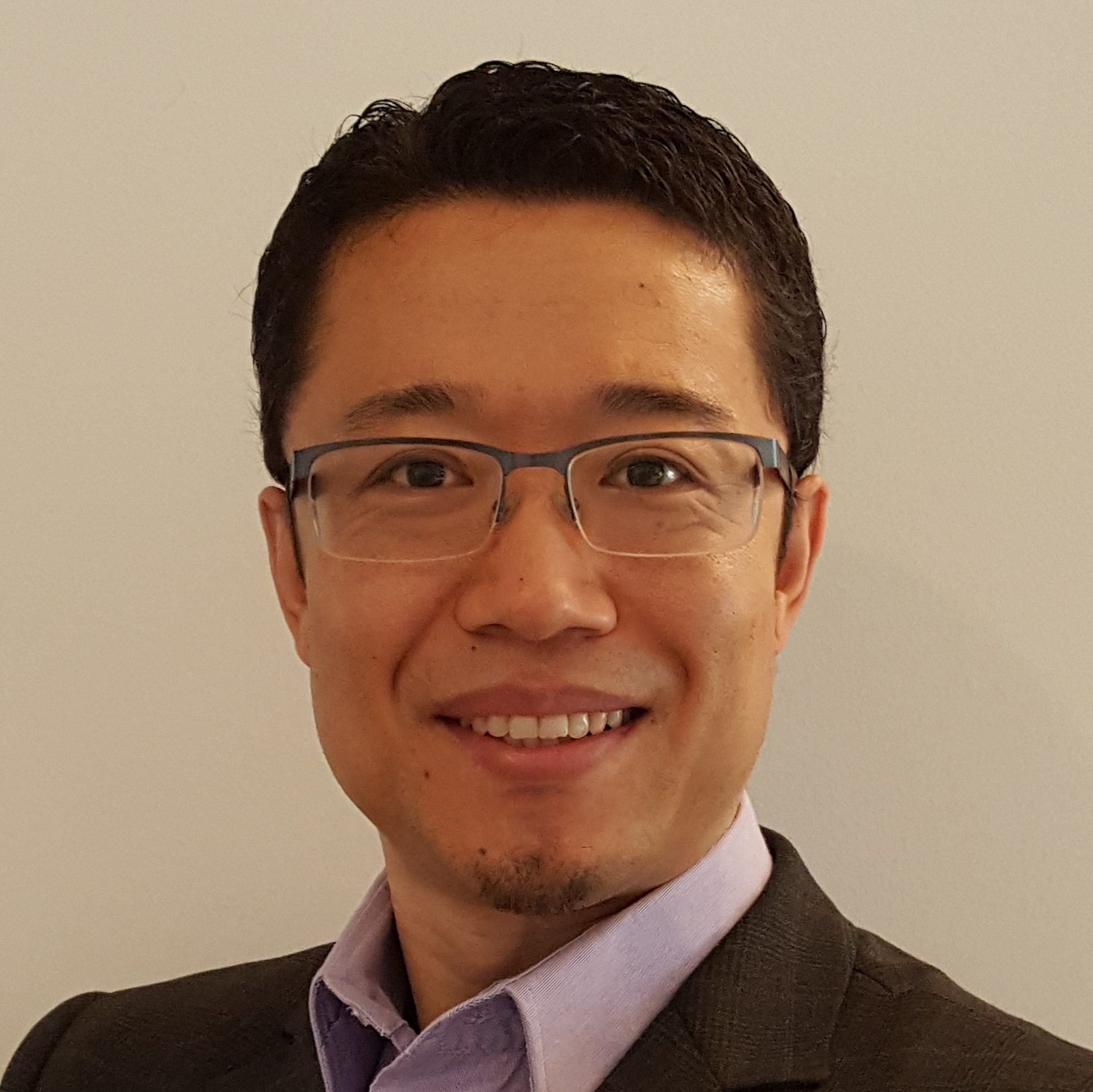
Yunwei (Ryan) Li: received the Ph.D. degree from Nanyang Technological University, Singapore. Dr. Li was a Visiting Scholar with Aalborg University, Denmark, a Postdoctoral Research Fellow at Ryerson University, Canada. He also worked at Rockwell Automation Canada before he joined University of Alberta, Canada in 2007. His research interests include distributed generation, microgrid, renewable energy, high power converters and electric motor drives.
Dr. Li serves as Editor-in-Chief for IEEE Transactions on Power Electronics Letters. He was also Associate Editor for IEEE TPEL, TIE, TSG (Smart Grid), and JESTPE. Dr. Li received the Richard M. Bass Outstanding Young Power Electronics Engineer Award from IEEE Power Electronics Society in 2013 and the second prize paper award of IEEE Transactions on Power Electronics in 2014. Dr. Li is a Fellow of IEEE.
Dr. Li’s work is well cited with 15,000 citations (google scholar). He is listed as a Highly Cited Researcher by the Web of Science Group. Dr. Li has conducted five 3-hr tutorials at ECCE-Asia (2012) and PEDG (2012), APEC 2018, ECCE 2018, CCECE2019 on the topics of renewable energy grid interfacing converter control.
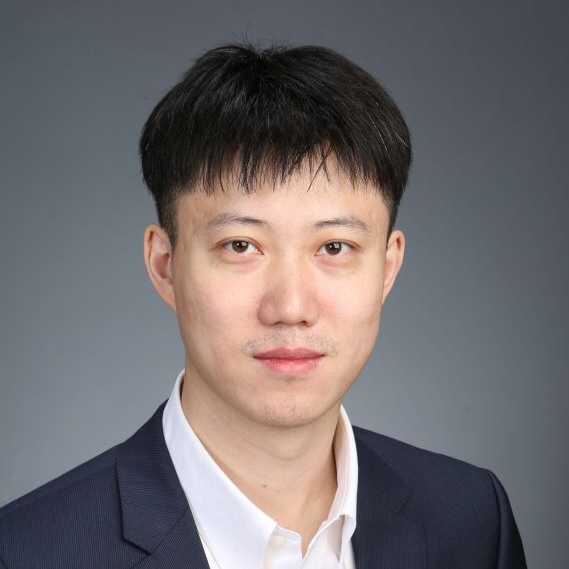
Zhongyi Quan, received the B.Sc. degree from Tianjin University, Tianjin, China in 2010, M.Sc. degree from Beihang University, Beijing, China, in 2013, and Ph.D. degree in electrical engineering in 2019 from University of Alberta, Canada, where he was a Postdoctoral Fellow until Jul. 2020. In 2019, He was also a visiting research fellow at the Institute for Power Generation and Storage Systems (PGS), E.ON Energy Research Center, RWTH Aachen University, Germany. He is now the CEO and co-founder of Electronic Grid Systems Inc., a technology start-up in Edmonton, Canada.
Dr. Quan is the recipient of the Alberta Innovates Graduate Student Scholarship from 2016 to 2018, the 3rd prize award in 2018 IEEE ECCE Best Student Project Demonstration session, and the APEC student travel award in 2019.
His current research interests include design of high density and high efficiency power converters for applications such as renewable energy, industry motor drive, electric vehicles, etc. Dr. Quan has been working on the topic of parallel converters for over five years. He has published over 40 technical papers. He will provide his experiences in design and implementation of parallel converters in this tutorial.

Dr. Hadis Karimipour is the director of the Smart Cyber-physical System (SCPS) Lab and an Assistant Professor in the School of Engineering at the University of Guelph. She is among the pioneers of using Machine Learning (ML) for security analysis of critical infrastructure. She has published more than 80 journal articles, conference papers and book chapters in top IEEE journals and conferences. She has been a keynote/invited speaker for more than 20 different IEEE/International Conference. She was the chair of the IEEE workshop on AI for Securing Cyber-Physical System (AI4SCPS) at IEEE CCECE 2019 and IEEE CyberSciTech 2020 conferences and chair of the special session on the AI for Security of IoT-Enabled Critical Infrastructures at the IEEE SMC 2020 conference. She was the technical committee member of numerous IEEE conferences, including IEEE SEGE 2018, 2019, 2020, IEEE DSAA 2020, PST 2020, IEEE EPEC 2018, 2020, and IEEE SMC 2020.
Dr. Karimipour is the Associate Editor of the Frontiers in Communications and Networks Journal, Editor of American Journal of Electrical and Electronic Engineering, and Editor of Journal of Electrical Engineering. She has also served as Guest Editor for Elsevier Journal of Computer and Electrical Engineering. She was the Editor of the Springer book on Security of Cyber-physical System. Dr. Karimipour is a Senior Member of IEEE member, chair of IEEE Women in Engineering and chapter chair of the IEEE Information Theory Kitchener-Waterloo Section, and an active member of Society for Canadian Women in Science and Technology.

Christine Chen received the B.A.Sc. degree in engineering science from the University of Toronto in 2009, after which she earned the M.S. and Ph.D. degrees in electrical engineering from the University of Illinois at Urbana-Champaign in 2011 and 2014, respectively. She is currently an Assistant Professor with the Department of Electrical and Computer Engineering, The University of British Columbia, Vancouver, BC, Canada, where she is affiliated with the Electric Power and Energy Systems Group. Her research interests include power system analysis, monitoring, and control. She is a recipient of the 2017–2018 Best Paper Award from the IEEE Transactions on Energy Conversion. Christine presently serves as an Editor of the IEEE Transactions on Power Systems and IEEE Transactions on Energy Conversion. She is also an Associate Editor of the International Journal of Electrical Power & Energy Systems.

Dr. Jay Liu is a Senior Lead Engineer at PJM. He has near 30 years experiences in power industry working on infrastructure planning, implementation and operation. He has developed, coordinated and integrated more than 20GW conventional and renewable energy resources into the power grids. He also participated and coordinate more than 2000+ Transmission and Distribution projects through the planning and implementation phase, including the recent competitive planning projects at PJM. He obtained his B.E. and M.E. degrees both in power system at Southeast University in Nanjing China, in 1992 and 1996 respectively. He got his Ph.D. degree in electrical engineering at University of Waterloo, Ontario, Canada in 2004. He also obtained his MBA degree from PennState University in 2010. Dr. Liu is a Senior member of IEEE.

Peter Kuffel graduated with a BSc. and MSc. in Electrical Engineering in 1985 and 1987 from the University of Manitoba. Peter has over 33 years’ experience with HVdc & FACTS, HVdc system studies, HVdc control & protection (C&P) development, power system expansion/interconnection studies and simulation, PSCAD model development and studies, reactive power compensation, specification development, design review, equipment testing, HVdc control & protection testing, commissioning, operations and maintenance, and project management. Peter was the Technical Lead for the converter stations of the Eastern Alberta Transmission Line (EATL) HVdc project where he led the team of engineers and technicians responsible for project execution and operationalization of the HVdc system. In that role he was responsible and accountable for the technical integrity of the overall HVdc system and its successful integration into the Alberta Interconnected Electric System. Peter is currently a director at HVdc One Inc providing expert technical consulting services related to HVdc and FACTS. He is a registered professional engineer in the provinces of Alberta and Manitoba.

Marianne Goldsborough graduated with a BSc. in Electrical Engineering in 1989 from the University of Manitoba. Marianne has over 30 years’ experience as a Project Manager and Resident Engineer for HVac and HVdc projects. Marianne has worked on many projects over her 30 year career which included being a PM for the AltaLink’s Western Alberta Transmission Line (WATL) converter stations and a Resident Engineer for Manitoba Hydro’s BP lll Riel Converter Station. Marianne led teams of engineers and technicians responsible for project execution and operationalization of the HVdc system and was responsible and accountable for the successful integration of the HVdc into the AC system. She is a registered professional engineer in the provinces of Alberta and Manitoba.

Humud Said graduated with a BSc. in Electrical Engineering in 2002 and an MSc. in Electrical Engineering in 2004, both from the University of Calgary. Since 2005, Humud has worked mainly in power system analysis, engineering design and simulations, control system design and testing, and HVDC/FACTS commissioning. He has a special interest in modeling and simulations applied to power systems. Humud currently holds a position with ATCO as a Senior Engineer in the systems planning group. Humud is a member of the IEEE Power and Energy Society, CIGRE study committee B4.64 and WECC model validation working group. He is a registered professional engineer in the province of Alberta.
